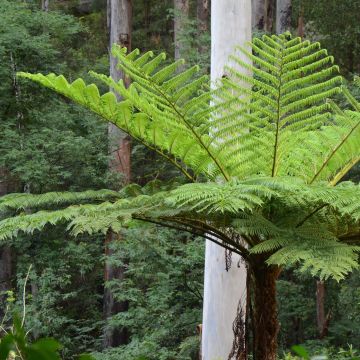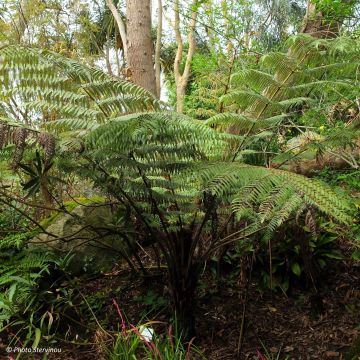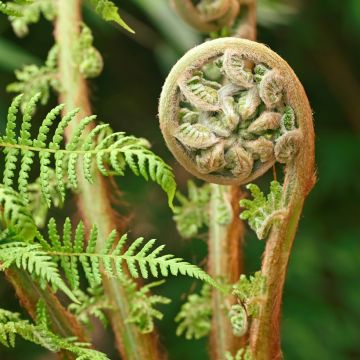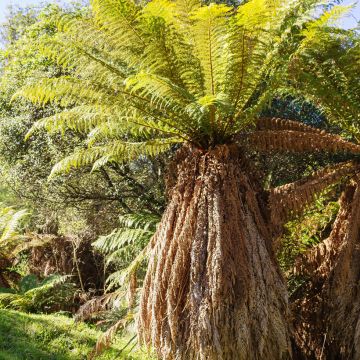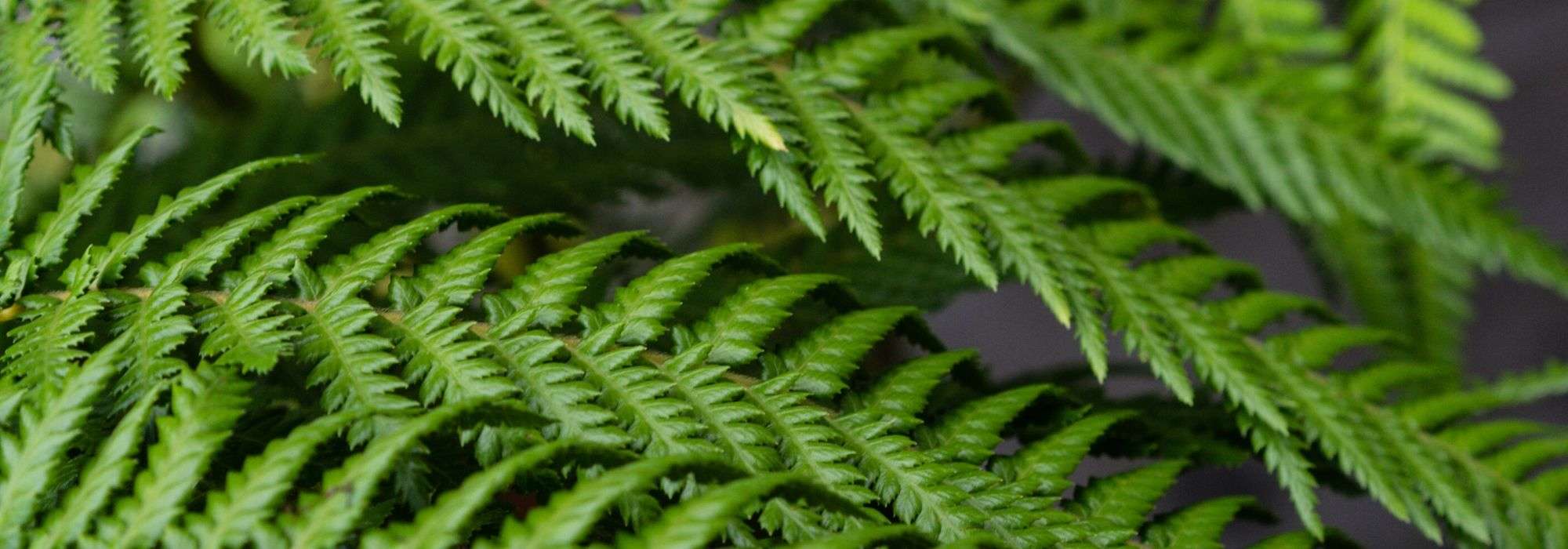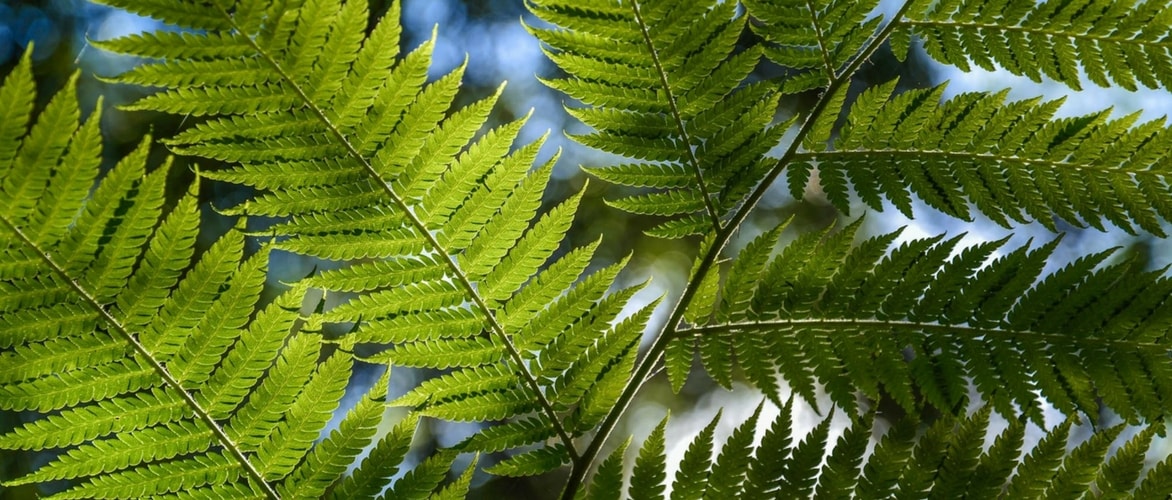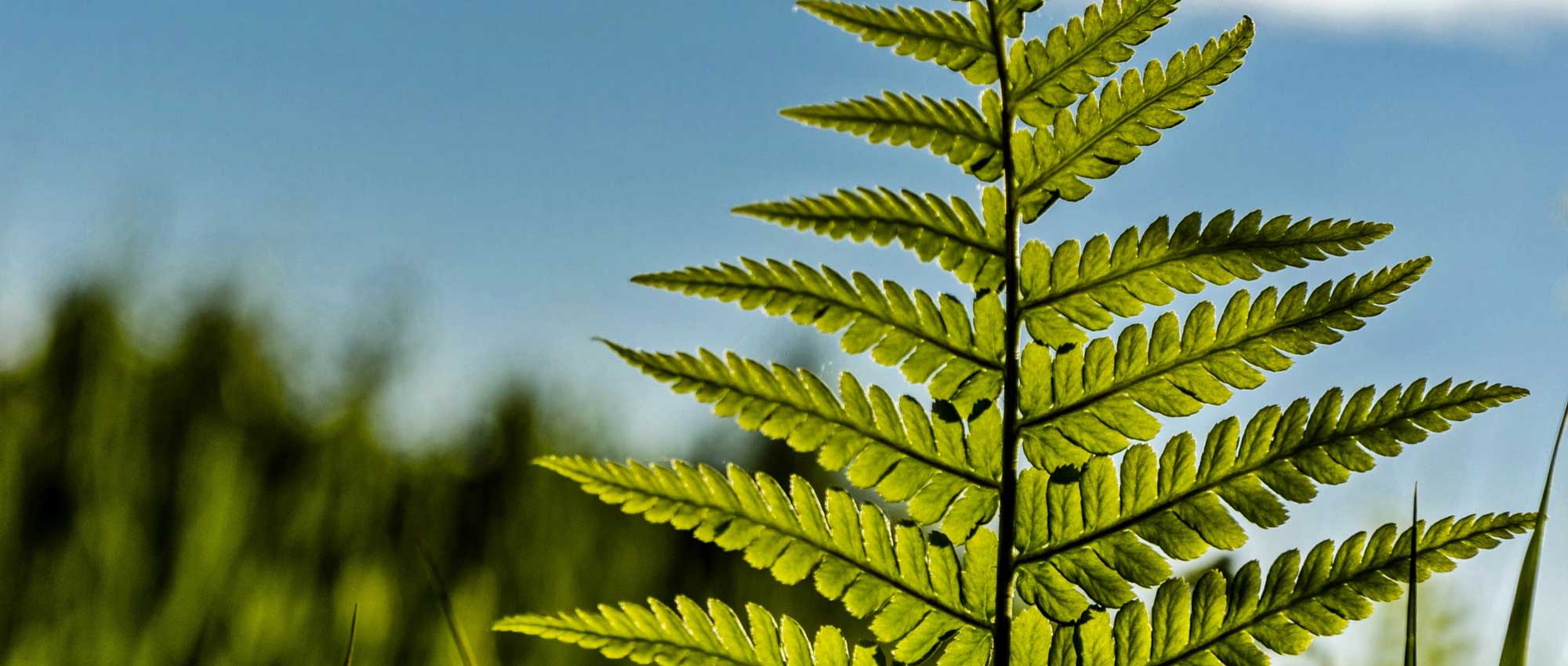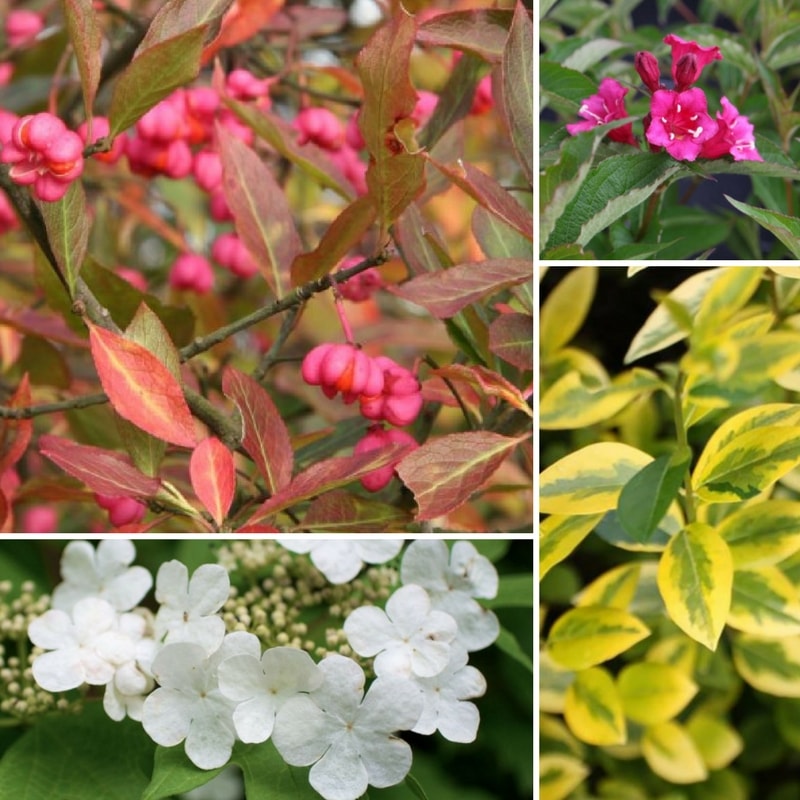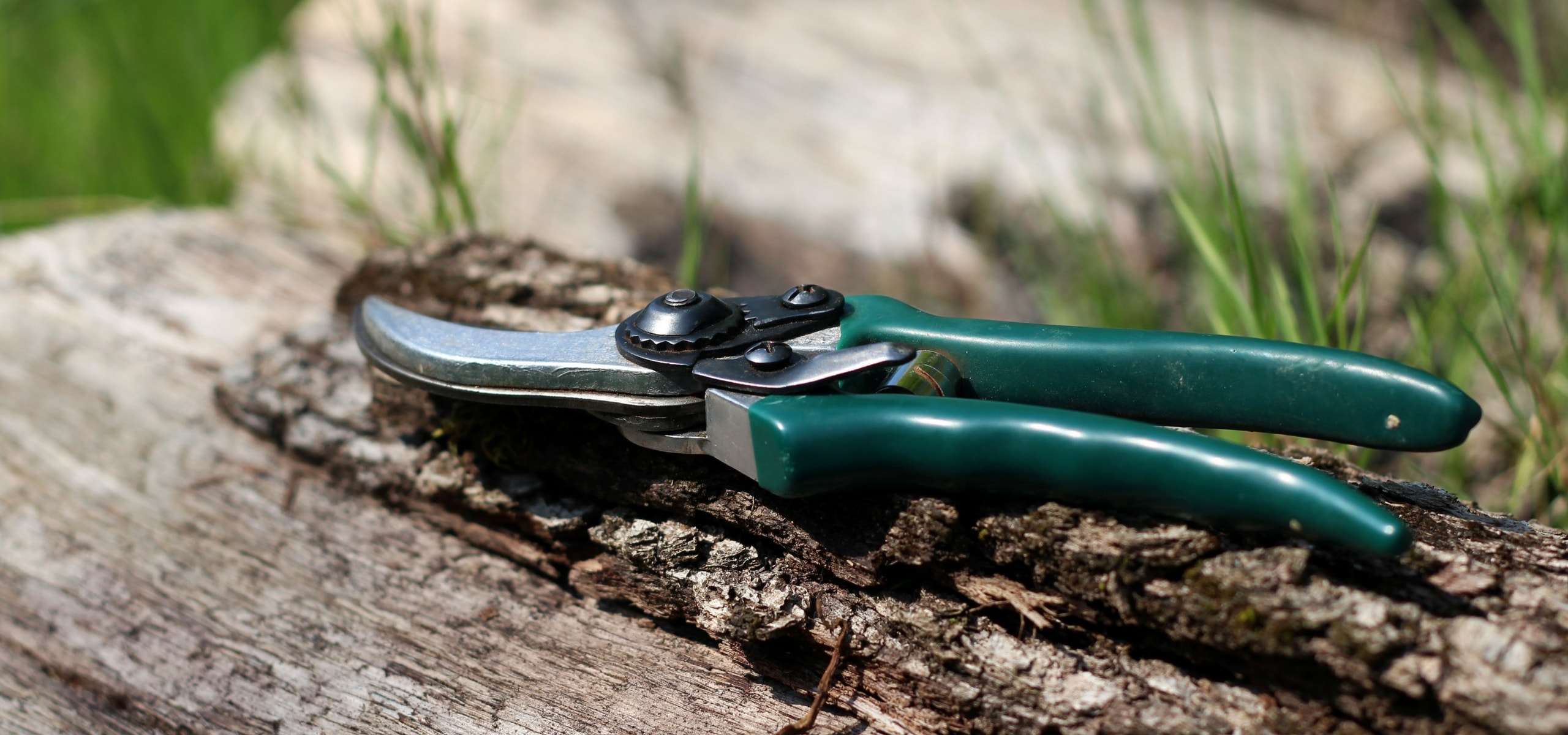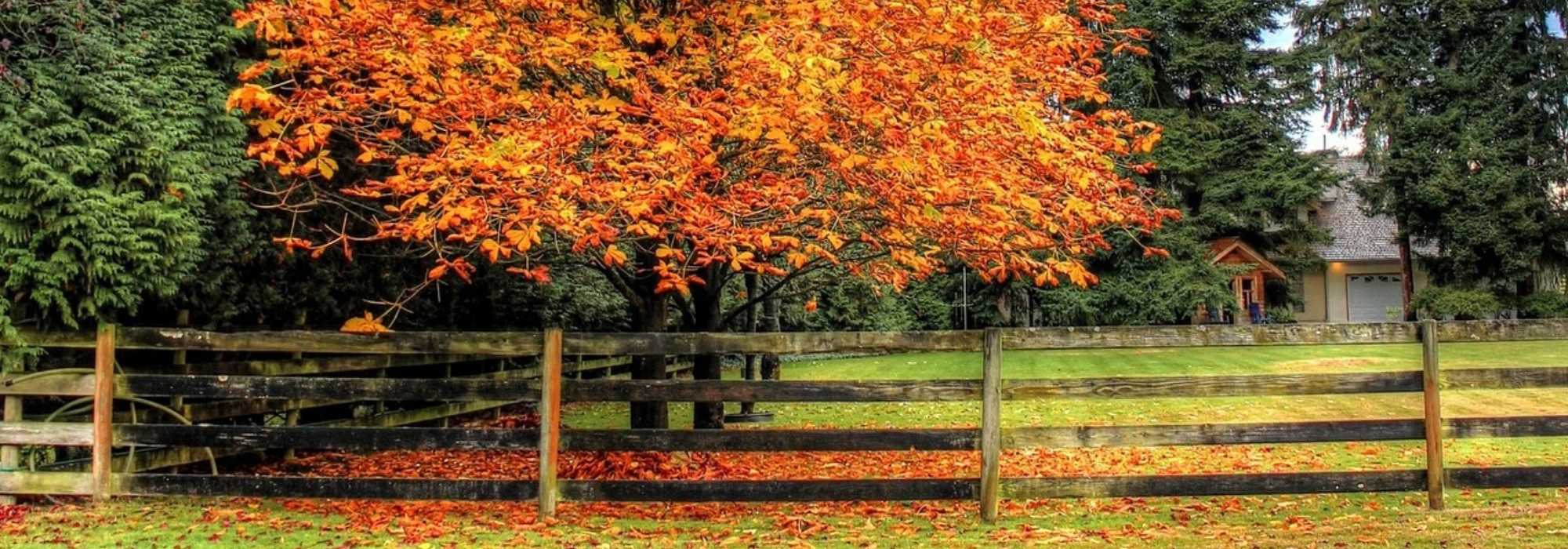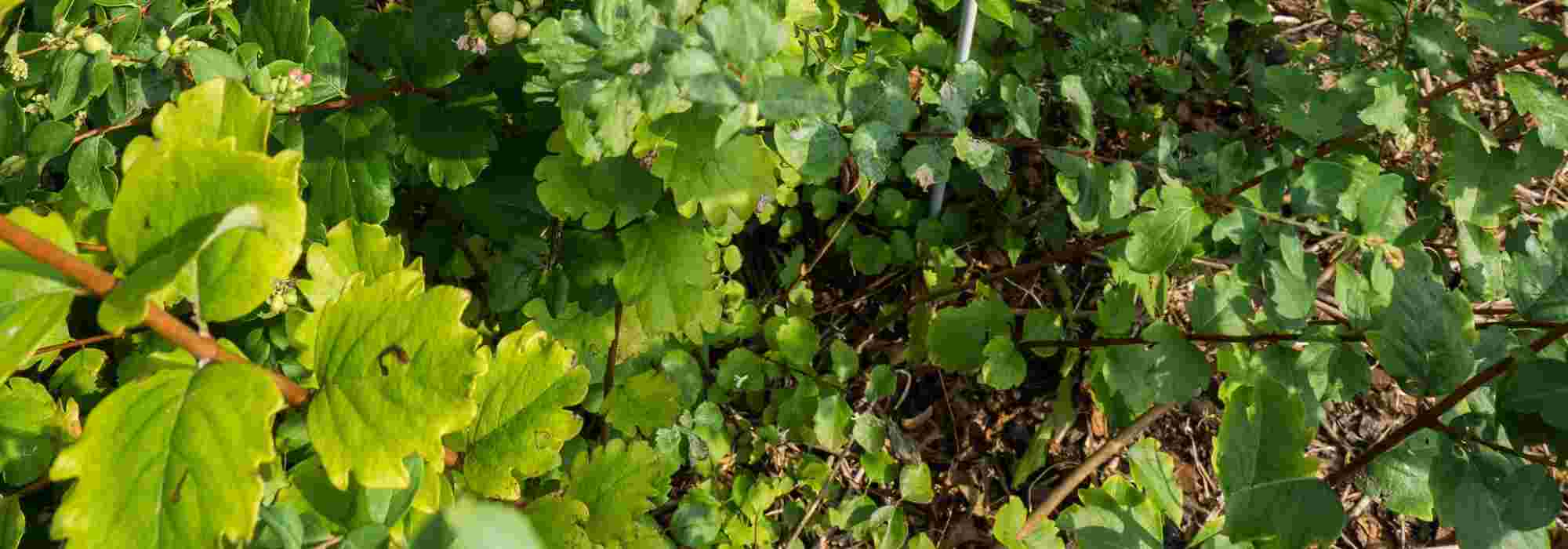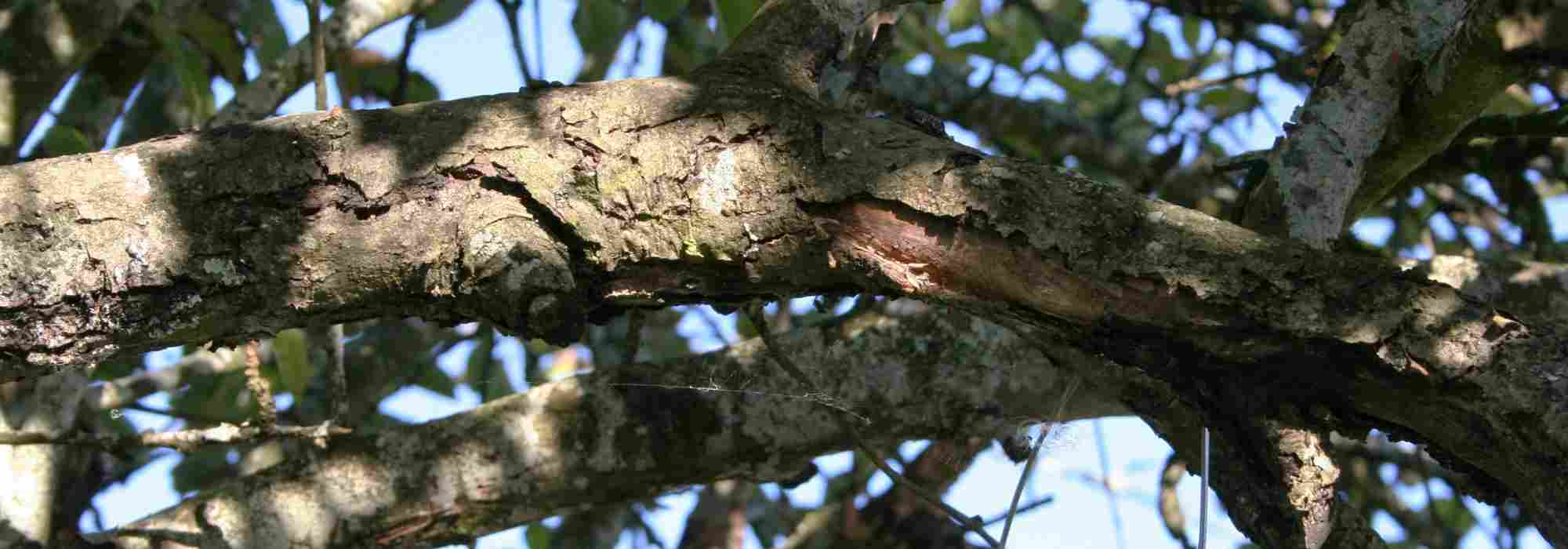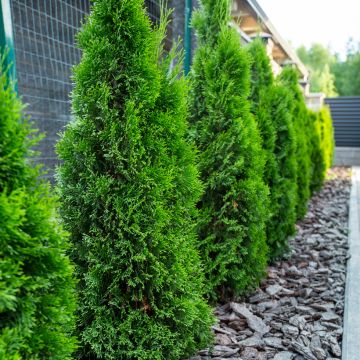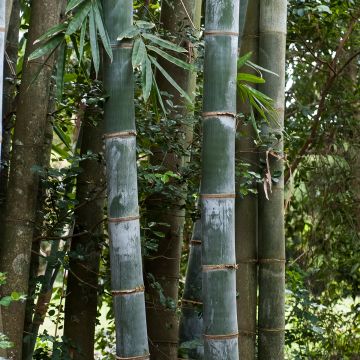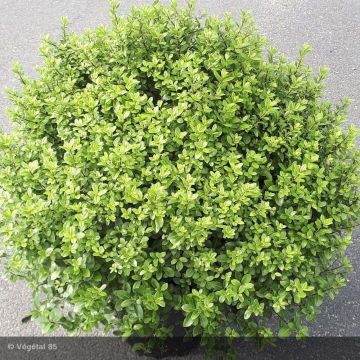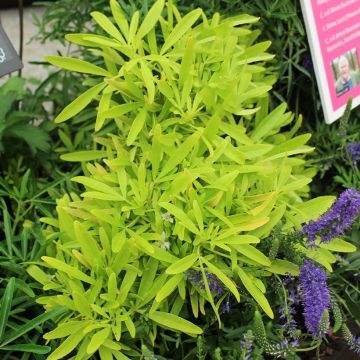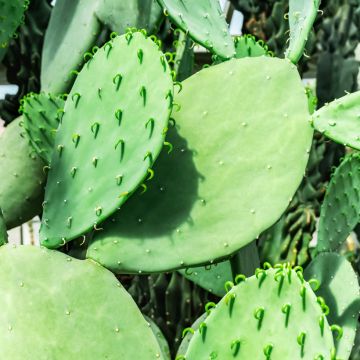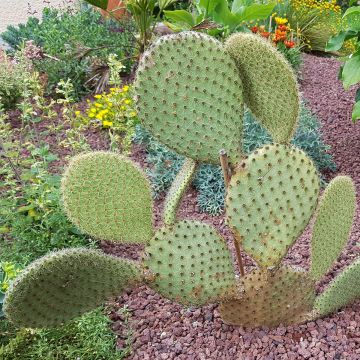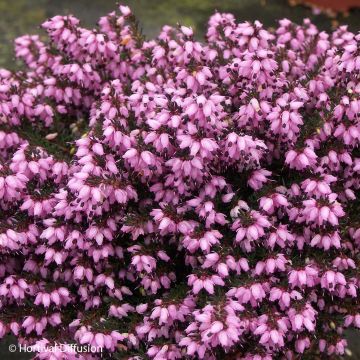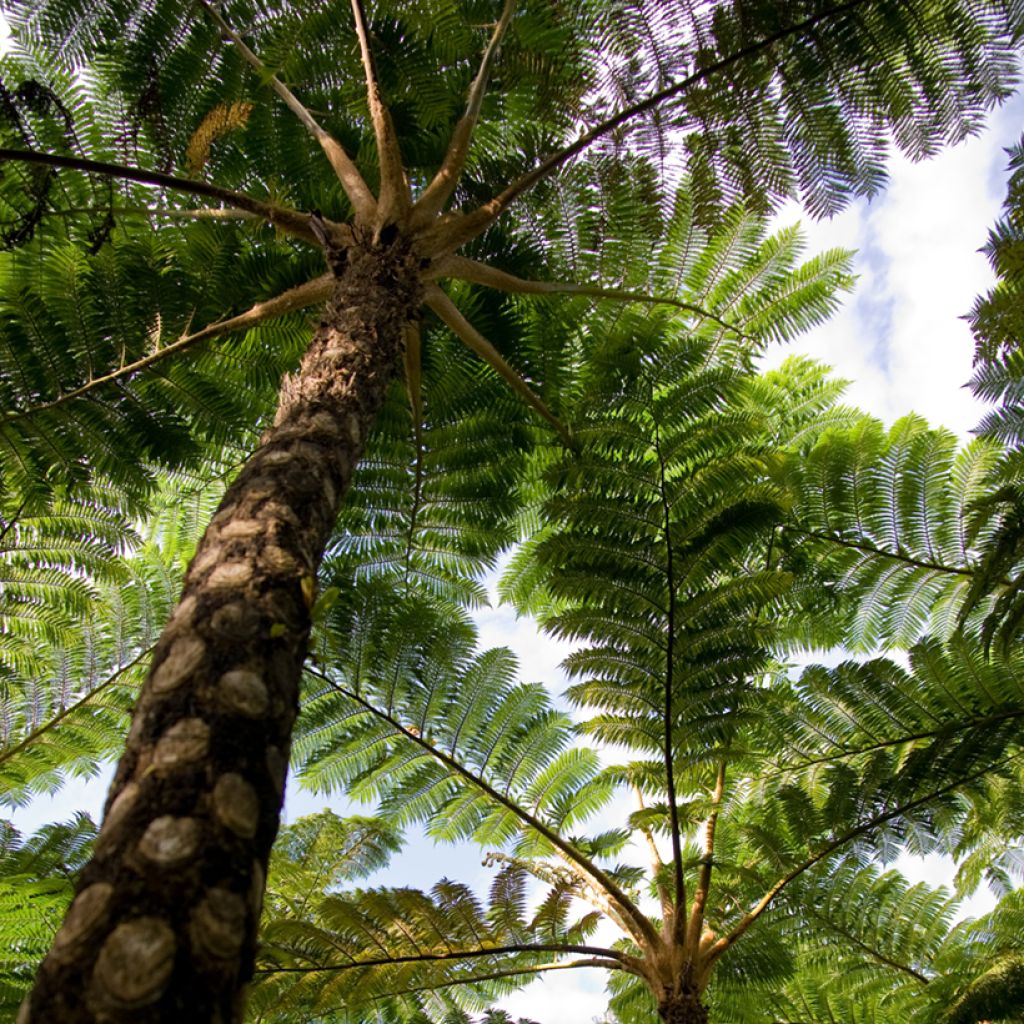

Cyathea lunulata - Tree fern
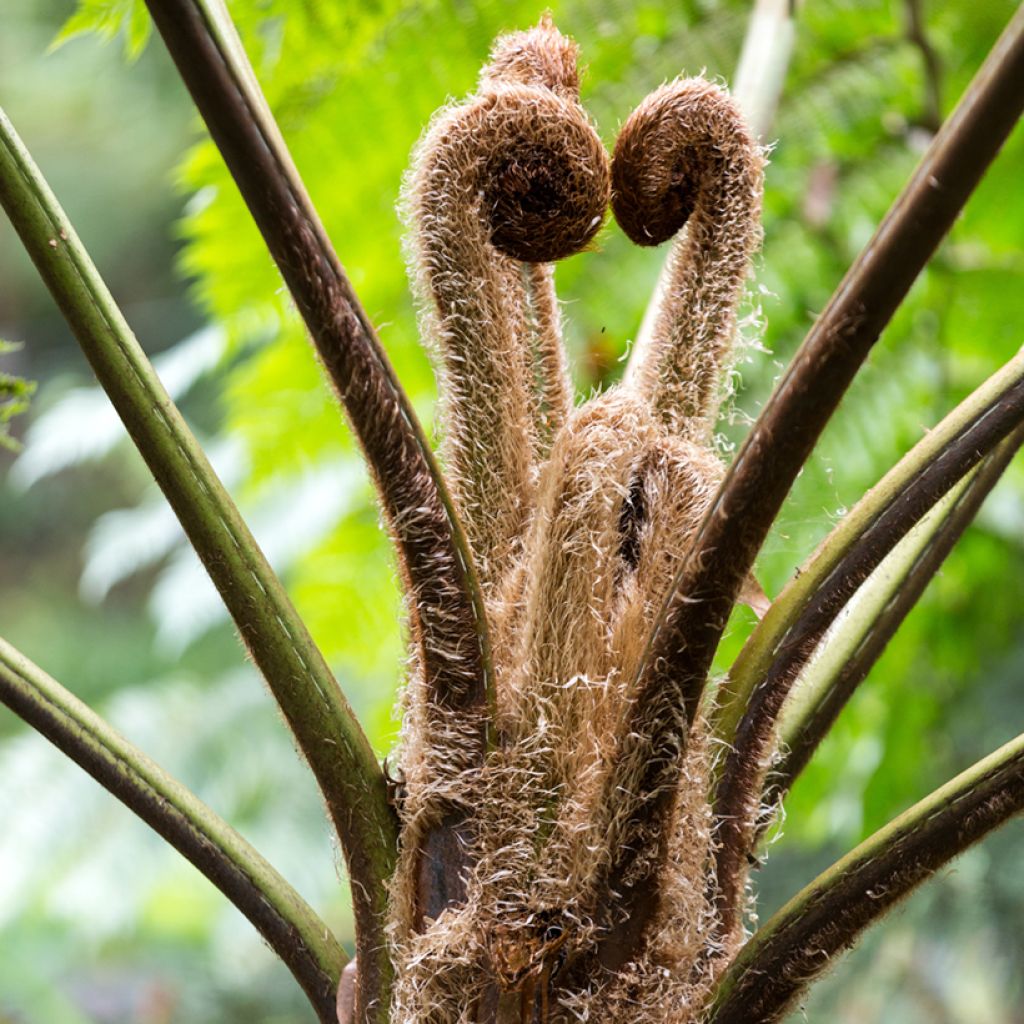

Cyathea lunulata - Tree fern
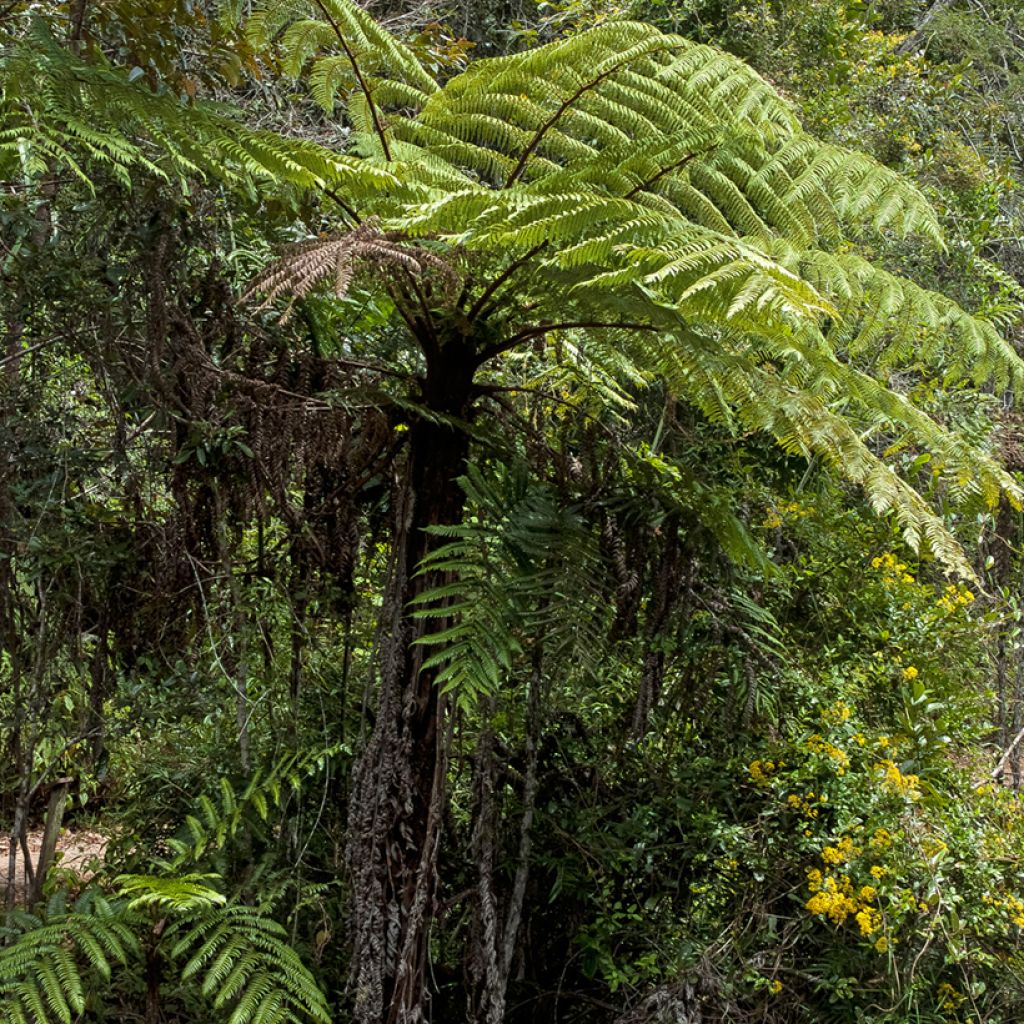

Cyathea lunulata - Tree fern
Cyathea lunulata - Tree fern
Cyathea lunulata
Tree fern
Special offer!
Receive a €20 voucher for any order over €90 (excluding delivery costs, credit notes, and plastic-free options)!
1- Add your favorite plants to your cart.
2- Once you have reached €90, confirm your order (you can even choose the delivery date!).
3- As soon as your order is shipped, you will receive an email containing your voucher code, valid for 3 months (90 days).
Your voucher is unique and can only be used once, for any order with a minimum value of €20, excluding delivery costs.
Can be combined with other current offers, non-divisible and non-refundable.
Why not try an alternative variety in stock?
View all →This plant carries a 24 months recovery warranty
More information
We guarantee the quality of our plants for a full growing cycle, and will replace at our expense any plant that fails to recover under normal climatic and planting conditions.
Would this plant suit my garden?
Set up your Plantfit profile →
Description
Cyathea lunulata, also known as Sphaeropteris lunulata, is a majestic tree fern native to the Pacific islands, particularly Fiji and the Solomon Islands. With its slender trunk adorned with white scales and its lush fronds, it brings a magnificent exotic and tropical touch to shaded gardens or greenhouses. Ideal for creating a captivating understory ambiance, this plant is valued for its elegant appearance and striking presence.
Belonging to the Cyatheaceae family, Cyathea lunulata is native to tropical regions of the South Pacific, including Fiji, the Solomon Islands, the Marquesas Islands, Samoa, Vanuatu, Sulawesi, and the Bismarck Archipelago. It thrives in humid lowland and mid-altitude forests, often along roadsides and in grassy hill areas. This tree fern can reach heights of up to 12 m in its natural habitat. In cultivation, it rarely exceeds 3 m in height. This plant develops a slender stipe (a false trunk) covered with beige scales. Its fronds are finely divided and borne on petioles ranging in colour from olive green to black or purple. Young fronds emerge in the form of curled croziers, characteristic of tree ferns. These young coiled shoots are covered with fine scales ranging from golden beige to light brown that protect the delicate growing tissues. As the frond develops, the crozier slowly and gracefully unfurls. It is during this phase that the fern displays its growth dynamics. Cyathea lunulata does not produce flowers or fruits, reproducing through spores located under mature fronds. Its elegant foliage and relatively fast growth make it a sought-after species for tropical gardens.
Cyathea lunulata is perfect for creating a tropical-inspired garden or damp understory ambience in a favourable climate. It will serve as a focal point in a shaded bed or by a water feature. It can be placed in a sheltered corner of the garden, surrounded by moisture-loving plants and partial shade lovers. Pair it with plants with voluminous foliage such as Alocasia macrorrhiza. Hosta ‘Sum and Substance’ and Rodgersia pinnata ‘Chocolate Wings’ offer textured and colourful foliage that complements the fern's delicate fronds perfectly. Fatsia japonica ‘Spider’s Web’, with its variegated leaves, adds a bright and sophisticated touch to the ensemble. These plants can also be showcased in an unheated conservatory or a large temperate greenhouse.
Cyathea lunulata - Tree fern in pictures


Plant habit
Foliage
Botanical data
Cyathea
lunulata
Cyatheaceae
Tree fern
Sphaeropteris lunulata
Oceania
Other Tree Ferns
View all →Planting and care
Cyathea lunulata can be grown in the ground in regions with a mild and humid climate, where winter temperatures do not drop below -2 °C. It thrives in a shaded to semi-shaded location, sheltered from cold and drying winds. The soil should be rich, humus-bearing, well-drained, and consistently moist throughout the year. A thick mulch of dead leaves or bark is recommended to protect the roots and retain moisture. Regular watering in summer is essential to maintain a humid environment, a key condition for its optimal growth.
Pot Culture (Greenhouse or Conservatory)
When grown in a pot, Cyathea lunulata thrives in a temperate greenhouse, a bright conservatory without direct sunlight, or a lightly heated winter garden. Use a deep and stable pot filled with a well-draining substrate rich in organic matter, consisting of potting soil, coconut fibre, and compost. Water frequently to keep the soil moist, avoiding water stagnation. High ambient humidity is crucial: regularly mist the foliage and place the pot on a bed of damp clay pebbles. In winter, reduce watering but prevent any drying out. A light feed in spring and summer with a green plant fertiliser will support its growth.
Planting period
Intended location
Care
Planting & care advice
This item has not been reviewed yet - be the first to leave a review about it.
Similar products
Haven't found what you were looking for?
Hardiness is the lowest winter temperature a plant can endure without suffering serious damage or even dying. However, hardiness is affected by location (a sheltered area, such as a patio), protection (winter cover) and soil type (hardiness is improved by well-drained soil).

Photo Sharing Terms & Conditions
In order to encourage gardeners to interact and share their experiences, Promesse de fleurs offers various media enabling content to be uploaded onto its Site - in particular via the ‘Photo sharing’ module.
The User agrees to refrain from:
- Posting any content that is illegal, prejudicial, insulting, racist, inciteful to hatred, revisionist, contrary to public decency, that infringes on privacy or on the privacy rights of third parties, in particular the publicity rights of persons and goods, intellectual property rights, or the right to privacy.
- Submitting content on behalf of a third party;
- Impersonate the identity of a third party and/or publish any personal information about a third party;
In general, the User undertakes to refrain from any unethical behaviour.
All Content (in particular text, comments, files, images, photos, videos, creative works, etc.), which may be subject to property or intellectual property rights, image or other private rights, shall remain the property of the User, subject to the limited rights granted by the terms of the licence granted by Promesse de fleurs as stated below. Users are at liberty to publish or not to publish such Content on the Site, notably via the ‘Photo Sharing’ facility, and accept that this Content shall be made public and freely accessible, notably on the Internet.
Users further acknowledge, undertake to have ,and guarantee that they hold all necessary rights and permissions to publish such material on the Site, in particular with regard to the legislation in force pertaining to any privacy, property, intellectual property, image, or contractual rights, or rights of any other nature. By publishing such Content on the Site, Users acknowledge accepting full liability as publishers of the Content within the meaning of the law, and grant Promesse de fleurs, free of charge, an inclusive, worldwide licence for the said Content for the entire duration of its publication, including all reproduction, representation, up/downloading, displaying, performing, transmission, and storage rights.
Users also grant permission for their name to be linked to the Content and accept that this link may not always be made available.
By engaging in posting material, Users consent to their Content becoming automatically accessible on the Internet, in particular on other sites and/or blogs and/or web pages of the Promesse de fleurs site, including in particular social pages and the Promesse de fleurs catalogue.
Users may secure the removal of entrusted content free of charge by issuing a simple request via our contact form.
The flowering period indicated on our website applies to countries and regions located in USDA zone 8 (France, the United Kingdom, Ireland, the Netherlands, etc.)
It will vary according to where you live:
- In zones 9 to 10 (Italy, Spain, Greece, etc.), flowering will occur about 2 to 4 weeks earlier.
- In zones 6 to 7 (Germany, Poland, Slovenia, and lower mountainous regions), flowering will be delayed by 2 to 3 weeks.
- In zone 5 (Central Europe, Scandinavia), blooming will be delayed by 3 to 5 weeks.
In temperate climates, pruning of spring-flowering shrubs (forsythia, spireas, etc.) should be done just after flowering.
Pruning of summer-flowering shrubs (Indian Lilac, Perovskia, etc.) can be done in winter or spring.
In cold regions as well as with frost-sensitive plants, avoid pruning too early when severe frosts may still occur.
The planting period indicated on our website applies to countries and regions located in USDA zone 8 (France, United Kingdom, Ireland, Netherlands).
It will vary according to where you live:
- In Mediterranean zones (Marseille, Madrid, Milan, etc.), autumn and winter are the best planting periods.
- In continental zones (Strasbourg, Munich, Vienna, etc.), delay planting by 2 to 3 weeks in spring and bring it forward by 2 to 4 weeks in autumn.
- In mountainous regions (the Alps, Pyrenees, Carpathians, etc.), it is best to plant in late spring (May-June) or late summer (August-September).
The harvesting period indicated on our website applies to countries and regions in USDA zone 8 (France, England, Ireland, the Netherlands).
In colder areas (Scandinavia, Poland, Austria...) fruit and vegetable harvests are likely to be delayed by 3-4 weeks.
In warmer areas (Italy, Spain, Greece, etc.), harvesting will probably take place earlier, depending on weather conditions.
The sowing periods indicated on our website apply to countries and regions within USDA Zone 8 (France, UK, Ireland, Netherlands).
In colder areas (Scandinavia, Poland, Austria...), delay any outdoor sowing by 3-4 weeks, or sow under glass.
In warmer climes (Italy, Spain, Greece, etc.), bring outdoor sowing forward by a few weeks.






























